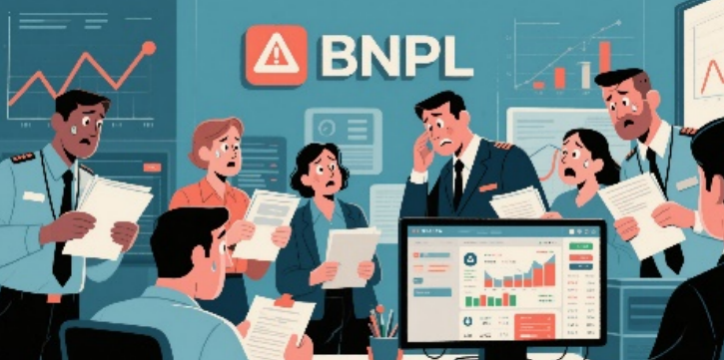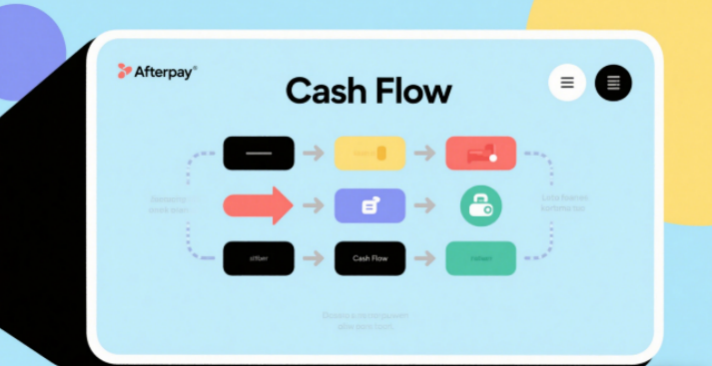
The rise of buy now, pay later (BNPL) apps like Afterpay and Klarna has revolutionized consumer spending, attracting 120 million global users—60% of whom are under 40—with promises of "interest-free" installment plans. Yet as default rates surge (Australian regulator ASIC reported a 35% increase in late payments in 2023) and debt-related complaints multiply, these fintech darlings face growing scrutiny: are they empowering financial flexibility or enabling a dangerous cycle of overindebtedness?
The Myth of 'Interest-Free' Credit: Risks in the BNPL Economy
The allure of BNPL (Buy Now, Pay Later) services resides in their effortless, app-driven transactional interfaces: users divide payments for purchases into 4–12 instalments, often with no initial interest charges. Klarna’s "Pay in 30 Days" model and Afterpay’s biweekly deduction systems are strategically targeted at financially constrained millennials and Gen Z demographics, who collectively carry $3.2 trillion in consumer debt. However, the model conceals significant financial implications: late payments trigger penalties (up to $10 per overdue instalment in the U.S.), and frequent usage can adversely affect credit ratings—according to a 2024 Citizens Advice report, 22% of UK BNPL users disclosed that defaults had impacted their mortgage eligibility.
A critical flaw in the BNPL framework is the absence of rigorous credit scrutiny. Unlike traditional banks, BNPL providers historically depended on superficial credit assessments or no checks at all, approving subprime borrowers (FICO <620) for purchases up to $5,000. In Australia, the global leader in BNPL adoption (28% market penetration), the average user now holds $1,200 in unsettled BNPL obligations—a 30% increase from 2020 levels. This culture of "instant credit" flourishes amid impulsive purchasing behaviour: a Norwegian Central Bank study revealed that 45% of Klarna users admitted acquiring items they could not afford through outright payment.

Regulatory Crackdowns: Balancing Innovation and Protection
Regulators are responding to the debt spiral. The UK’s Financial Conduct Authority (FCA) introduced mandatory affordability checks in 2023, requiring providers to assess income, existing debts, and spending habits before approving loans over £200. Afterpay (now owned by Block) saw its approval rate drop 18% post-implementation but reduced default rates by 25% through AI-driven risk models that flag users with >3 active plans or late payments in the past 6 months.
In the EU, the Digital Finance Act mandates BNPL firms to report installment data to credit bureaus, ending the "credit invisibility" that allowed users to accumulate debt across multiple apps. Germany’s BaFin went further, capping total BNPL debt at 25% of a user’s monthly net income—a rule that reduced Klarna’s German delinquencies by 40%. Even in the laissez-faire U.S., California’s Department of Financial Protection and Innovation now requires providers to disclose annual percentage rates (APRs) for plans exceeding 6 months, exposing that a $1,000 purchase paid over 12 months can carry an effective APR of 24%, comparable to credit cards.
Industry Self-Correction and Consumer Education
Amid the backlash, companies are pivoting toward responsible lending. Afterpay launched "Cash Flow," a budgeting tool that blocks new loans if users have late payments, while Klarna introduced "Sustainability Scores" to nudge users away from high-risk spending patterns. These measures align with growing consumer awareness: 38% of U.S. BNPL users now set monthly spending limits, and 25% use only one provider to avoid overextension, per a 2024 Morning Consult survey.
Critics argue, however, that such fixes are insufficient. "BNPL preys on the psychological bias of 'pain-free spending,'" says financial psychologist Dr. Sarah Newcomb, noting that installment plans reduce the emotional cost of purchases by decoupling payment from consumption. This is particularly dangerous for younger generations raised on subscription services and seamless digital transactions, where debt accumulates invisibly until late notices arrive.

The Path Forward: A Test for Fintech Accountability
BNPL’s evolution represents a broader tension in fintech: innovation vs. consumer protection. While these apps have democratized credit access—28% of BNPL users in emerging markets lack bank accounts—their unchecked growth created a "shadow credit" system outside traditional regulatory perimeters. The way forward lies in balanced regulation: requiring standardized risk assessments, transparent fee structures, and integration with credit ecosystems, while preserving the convenience that made BNPL popular.
For users, the lesson is clear: BNPL is not free money. It’s a financial tool that demands discipline—one that, when misused, can trap even financially literate individuals in a cycle of debt. As regulators and industry work to build guardrails, the ultimate responsibility remains with consumers to treat installment plans as what they are: small loans that require careful budgeting, not endless shopping sprees.
In a world where instant gratification often trumps long-term planning, the BNPL backlash serves as a timely reminder: no financial innovation is risk-free. Its success—or failure—will depend on whether it evolves from a debt facilitator into a tool for financial empowerment.







